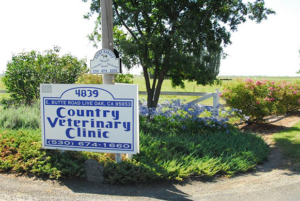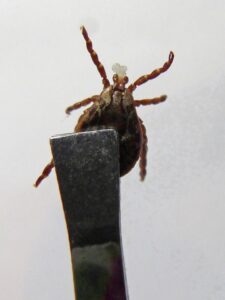When travelling by car it is second nature to ensure that your child is correctly seated and restrained for a safe journey. The same practise should apply to travelling with your family pet. Whether it is a quick trip to your veterinarian for an annual health check, a long drive as part of a vacation, or even just your daily routine, it is important to ensure that your pet is safe and secure whilst travelling.
Here is our guide to car safety for pets.
Travelling With Dogs
All animals can be unpredictable, and even something as simple as an insect in the car can turn a usually placid canine companion into an active distraction for the driver which is dangerous for all passengers in the vehicle.
Even if your pet is a well trained and well behaved traveller, it is important to provide him with some form of restraint to protect him in the case of an accident. The force of emergency braking or impact could potentially throw him around the vehicle, breaking bones and causing irreparable damage. Serious accidents could mean that your dog is propelled through the glass and out of the vehicle, which often proves to be fatal. Even if your dog escapes an accident physically unharmed, he will likely suffer psychological damage that affects his future behavior.
Suitable Dog Restraints
It is generally considered to be safest for pets to be transported in the rear of any vehicle where they can cause the least distraction. There are a number of different styles of dog restraints, but which is right for you will come down to the type of vehicle you have, the size of your dog and personal preference.
Dog Crates
Crate training is a common step for many dogs, so a crate is a good option for many dogs. The crate should be large enough for your dog to get up, stretch his legs and move around a little, but not so big that he could be thrown around considerably in an accident.
Dog Guards
Essentially space restrictors, dog guards can be placed within your vehicle to compartmentalize an area just for your pet. Works along the same lines as a crate, but doesn’t offer the same protection from the windows. However they are a good compromise for dogs that aren’t crate trained.
Dog Booster Seats And Harnesses
Harnesses are widely considered to be the safest way of restraining a dog within your vehicle. These padded safety devices are worn around the neck and chest of your dog, and attached to the regular seat belt fittings inside your car. There are a variety of sizes available so finding one to fit your breed of canine companion shouldn’t be difficult.
Just like little people; little dogs sometimes need a little bit of a boost to make sure they are sat in a safe and comfortable travelling position. Using a specially designed dog booster seat in conjunction with a harness will keep small breeds of dog safe while in your vehicle.
Other Considerations
There are several other considerations that you should make when travelling with your dog. These include:
- Switch off your airbag. While they are designed to protect adult humans in the case of an impact, they can actually injury or suffocate children and animals.
- Don’t let your dog hand his head out the window! Allowing adequate ventilation is one thing, but letting him stick his whole head out the window is asking for injury.
- Teach your dog to wait in the car until he is called. If he bolts out of the car the minute the door is opened then he could be injured by passing traffic.
- Comfort stops for water and toileting are as important for your pet as they are for you, so make sure you stop regularly and monitor your pet for signs that he may need a comfort break.
- NEVER leave your dog – or any animal – unattended in a warm car. Heatstroke is common and can be life threatening.
Travelling With Cats And Other Small Pets
Unlike dogs, cats are homely creatures and not naturally predisposed to travelling in a car. In fact, many find the experience quite stressful. The only real way of safely transporting cats and other small pets is by using a carrier.
When you choose a carrier you should opt for one that is large enough for your pet to stand up in and change position, but not so large that they could get thrown around in an accident. Most cats actually prefer to be snug when travelling as it makes them feel safer and more secure.
Ideally your pet carrier should be plastic or wire mesh. Although cardboard boxed may suffice for extremely short trips, should your pet urinate in them then they will quickly smell and become flimsy.
As with dogs, NEVER leave your pet unattended in a warm car.



